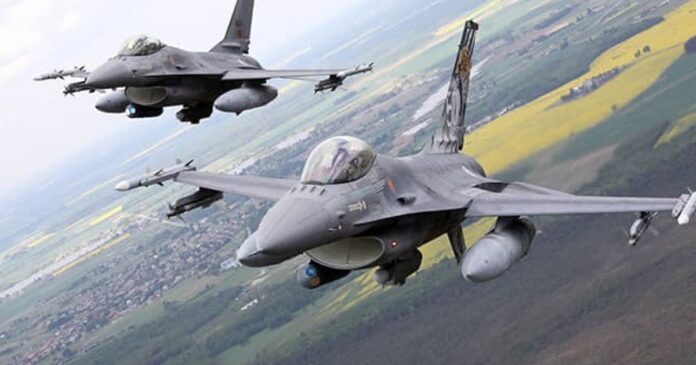What exactly is proposed to be changed in the rules of engagement
Alliance prepares stricter rules for responding to airspace violations on the eastern flank
According to Western media and diplomatic sources, NATO is considering tightening the rules of engagement on its eastern flank to make it easier to decide whether to shoot down aircraft that violate the airspace of the Alliance. This discussion comes amid a series of airspace incidents and growing anxiety in the Baltic states and Poland.
Why it happened now
The consideration of such measures is prompted by a number of recent incidents: Russian aircraft interfering with the air borders of Estonia and other neighbouring countries, overflights and minor violations by Russia, and escalating tensions following massive attacks in Ukraine. In response, the Allies have stepped up air patrols and increased their readiness in the region.
Positions within the Alliance
There are different approaches at NATO headquarters and in individual capitals: some countries support more decisive steps to prevent repeat incidents, while others warn of the risk of escalating confrontation with Russia. According to the sources, the discussions are of a diplomatic and technical nature, and no final decisions have been made yet.
Moscow's possible reaction
The Kremlin has already warned of a «decisive response» if Russian aircraft are shot down or if the rules of interception are significantly changed. Experts warn that a direct military clash between NATO and Russia could have unpredictable consequences, so any tightening of the rules of engagement will be accompanied by intensive consultations at the highest level.
What it means for the security of the region
If the Alliance formally lowered the threshold for the use of force, it could improve the effectiveness of its response to airspace violations and deter provocations. At the same time, it increases the risk of collision incidents, and many countries are calling for a combination of better intelligence, clear interdiction rules, and operational lines of communication to avoid unintentional escalation.




